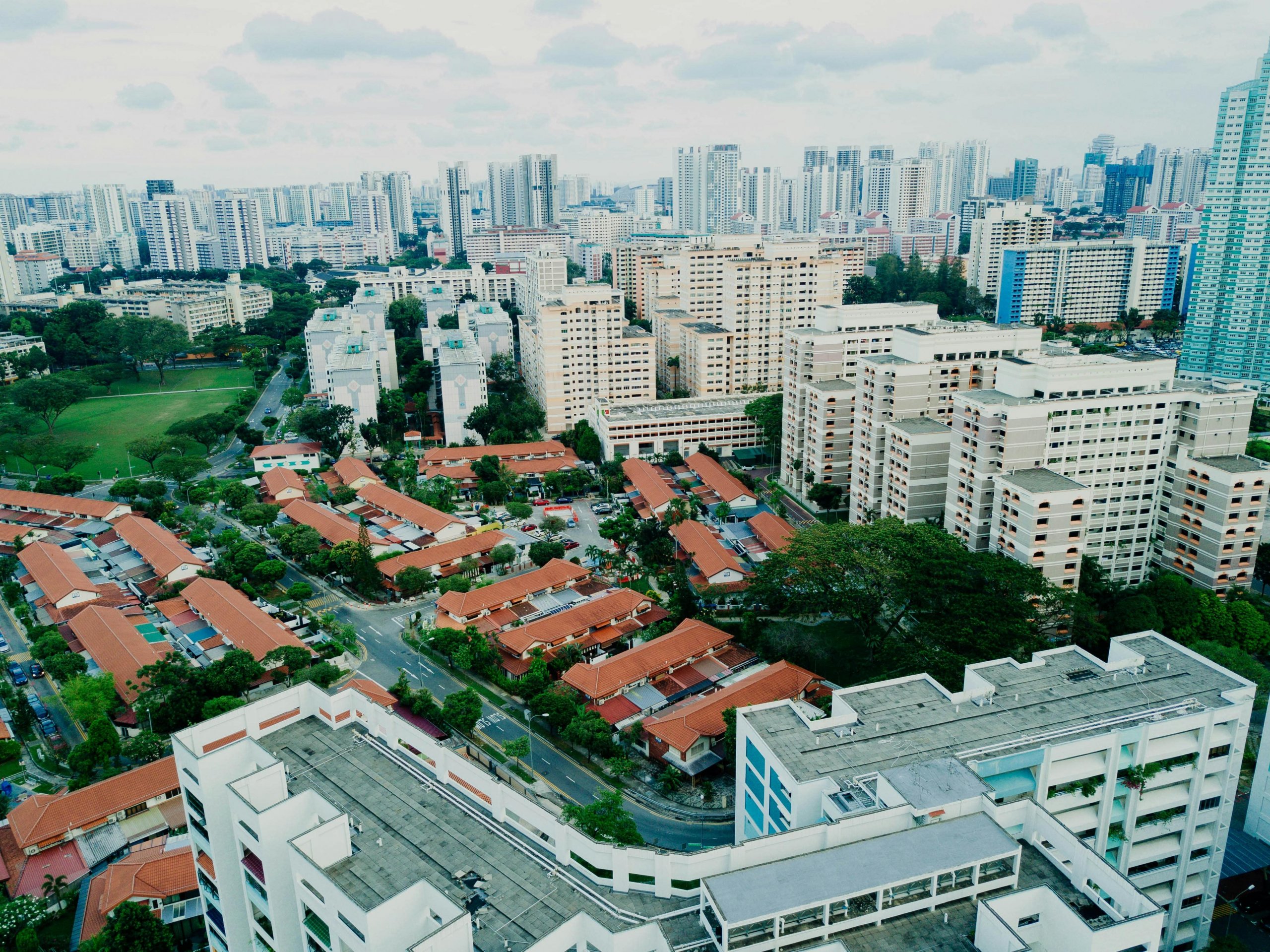
How mid- and low-rise areas of the city are shaping the future of sustainable energy
Accounting for a significant proportion of global electricity usage, the buildings sector is a pivotal player in urban sustainability. With the rise of distributed and renewable energy resources, the concept of buildings not just consuming but also producing energy is a palpable shift toward a greener urban landscape, where buildings are not just static consumers but dynamic “prosumers” of energy.
New research from Khalifa University, in collaboration with Carleton University, Canada, highlights the performance of different urban areas within the matrix of consumption, self-sufficiency and energy surplus. Dr. Ahmad Mayyas, Assistant Professor of Management Science and Engineering, and PhD students Osama Mussawar and Rahul Rajeevkumar Urs studied urban energy performance under different configuration of prosumer buildings, where they acted communally and individually. Published in Sustainable Cities and Society, a top 1% journal in civil and structural engineering and geography, planning and development, their work reveals that when these areas adopt a community energy model, they not only boost self-consumption rates but also inch closer to a self-sustaining energy profile.
A community energy model refers to a system in which local energy consumers — a neighborhood, group of buildings, or an entire district — collectively participate in energy generation, distribution, and consumption, rather than relying on large, centralized power plants and consumer roles. It represents a decentralized approach to energy production and management and could be as simple as installing solar panels on the roofs of all buildings within a community.
“We investigated the characteristic impact of built form and function on the performance potential of urban energy communities towards achieving sustainability goals such as net-zero and self-sufficiency,” Dr. Mayyas said. “We used an agent-based model that couples the energy demand and supply of buildings with the urban built context and considers both the community and individual modes of energy supply and demand in an urban area.”
Research is shifting from focusing on individual energy-efficient buildings to ambitious urban-scale sustainability goals like net-zero energy communities and positive energy districts. These concepts pivot around the understanding that the entire built environment is an intricate composition of building form and function that dictates the energy narrative of an urban area.
“In urban areas with prosumer buildings, the manner in which energy supply and demand are matched – through aggregation or collaborative sharing – is just as influential as the built environment in determining energy outcomes,” Dr. Mayyas said. “The concept of energy communities encapsulates a collaborative spirit, one underpinned by social responsibility and ecological innovation, where the urban populace and utilities unite to optimize local renewable energy use and minimize environmental impact.”
The research team’s case study focused on urban areas in the United States, exploring the potential of these vertical landscapes to meet their energy needs sustainably. Using real urban contexts, contrasting climates, and a view of the form and function of high-rise buildings, the study delves into the energy dynamics of these areas, considering both the community and individual configurations of prosumer buildings, and assesses their performance across a range of metrics.
A community configuration does more than just enhance energy self-consumption, it also reduces dependency on central grids. The economic implications are substantial, with energy cost savings in mid-rise communities outstripping those in high-rise communities. These savings are underpinned by the lower costs of local energy supplies and diminished energy purchases from the grid.
Low-rise urban areas follow a similar trajectory. Here, community energy configurations offer even more potential but the challenge for these areas remains in managing surplus energy. However, the economic upside is significant as community models help avoid steep energy costs associated with individual operations, especially in predominantly residential settings.
The climate adds another layer to this complex energy puzzle: A hot climate boosts the performance of all urban areas, amplifying self-sufficiency while also escalating the surplus energy challenge, suggesting a regional dimension to sustainable energy planning.
“In a warmer climate, energy communities are not just environmentally prudent but economically advantageous,” Dr. Mayyas said. “The built environment’s form and function profoundly influence urban energy sustainability. High-rise areas, with their dense commercial composition, glean minimal benefit from community modes due to their already high energy demand. Conversely, the potential for improved self-sufficiency blossoms in the less dense mid- and low-rise configurations, with their diverse mix of residential and commercial buildings.”
The transition to a community energy model is not without its challenges. Technical and commercial hurdles, including the need for micro-grid integration and the complex interplay of interests between prosumers and grid operators, must be navigated carefully. However, as urban planners, policymakers, and stakeholders ponder the shift towards more sustainable, community-focused energy models, this study offers a glimpse into the promise and challenges of reimagining high-rise urban areas as frontrunners in the energy revolution.
Jade Sterling
Science Writer
27 November 2023






